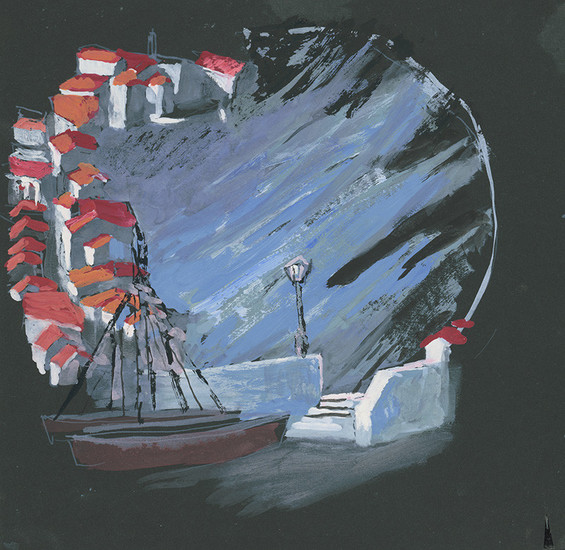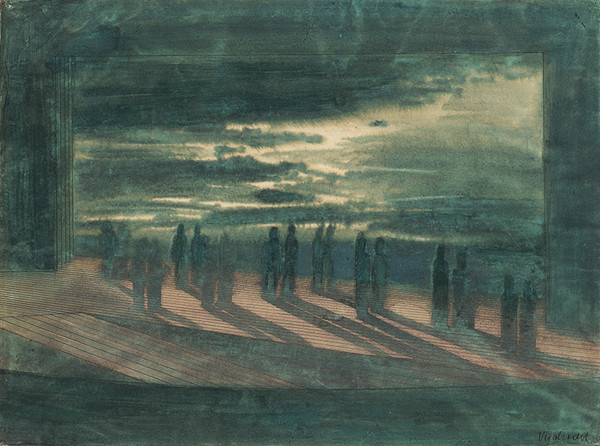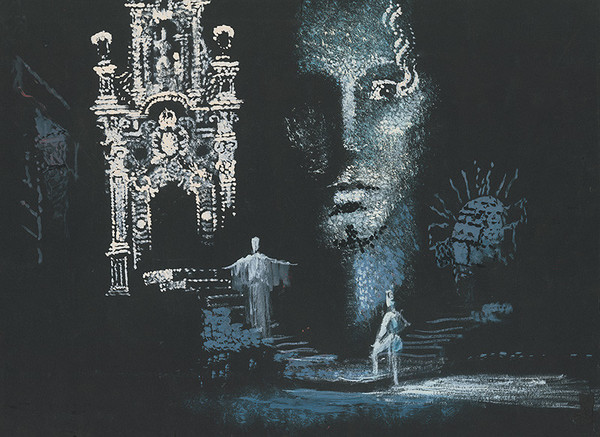In 2020, Slovak professional theater celebrates the one hundredth anniversary of its founding, and in commemoration of this occasion the Slovak National Gallery prepared an exhibition of professor Ladislav Vychodil(1920-2005), for whom this year marks the one hundredth anniversary of his birth.
His influence was crucial for the development of Slovak stage design of the second half of the 20th century, but also for the Academy of Performing Arts in Bratislava, where he was co-founder of the independent department of stage design and mentor for several generations of stage designers.
Vychodil created stage design for nearly six decades and for hundreds of productions at home and abroad. However, since the last time audiences had the chance to see his work was twenty years ago, he is not well-known by the younger generations. Being aware of this handicap of the curator, but also of the many gallery visitors who never had the chance to see his stage designs directly in theaters, we have decided to focus on the artistic and historical context of stage designs and models.
The tradition of exhibiting stage designs was established in the 1960s after a series of world stage design exhibitions in Sao Paolo where Czechoslovakia was a perennial winner. The Prague Quadrennial was added later and many stage designers created their designs and models with the hope that they would be presented there. However, in spite of this tradition, exhibiting stage design is still problematic.
It is almost impossible to capture the context of a theater production in a gallery environment because the directorial intentions, the music, lighting design and last but not least, the actions of actors, are just as important as the stage design. Photographic documentation is distorting especially for older productions and even video recordings cannot provide the direct experience of the audience.
Many of the presented designs are be exhibited for the first time; others have travelled the world. The exhibition is presented according to artistic principles and maps the history of stage design in various periods of Vychodil's work based on his ideas. Although it might seem that the literature on Vychodil and his work is exhaustive, the research which was conducted for the exhibition enriched it with valuable, heretofore unpublished material from the archives of the Thompson Library of Ohio State University. Special space is also be reserved for Vychodil's role in "the building of socialism" his work in the theater workshops of the Slovak National Theater, his pedagogical activities at home and abroad as well as his other activities.
You can read more about the work of Ladislav Vychodil in the collection we have prepared for the website Webumenia.





